ZHCSBR7C August 2013 – June 2017 TPS65000-Q1
PRODUCTION DATA.
8 Application and Implementation
NOTE
Information in the following applications sections is not part of the TI component specification, and TI does not warrant its accuracy or completeness. TI’s customers are responsible for determining suitability of components for their purposes. Customers should validate and test their design implementation to confirm system functionality.
8.1 Application Information
The TPS65000-Q1 can be used in an automotive-camera sensor module to generate the AVDD, DVDD, and IOVDD voltage rails. For noise immunity, one of the LDOs should be used to generate the AVDD voltage rail. To minimize power dissipation, the DC-DC converter should be used to power the DVDD rail because the DVDD rail normally has a lower operating voltage and higher current consumption.
8.2 Typical Application
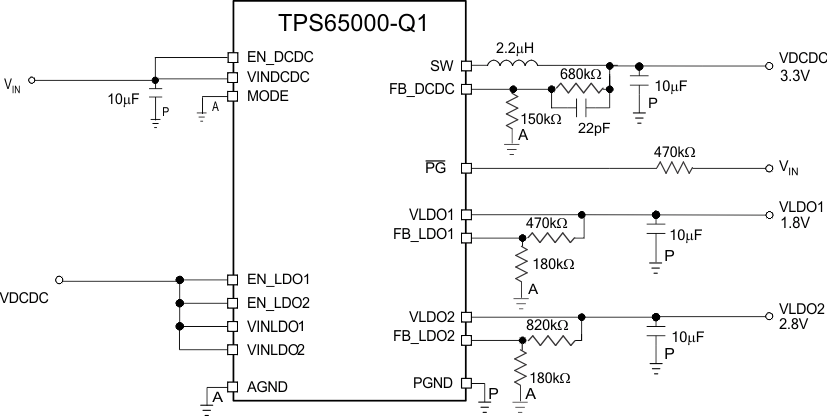 Figure 23. Typical TPS65000-Q1 Application Schematic
Figure 23. Typical TPS65000-Q1 Application Schematic
8.2.1 Design Requirements
For this design example, use the parameters listed in Table 1.
Table 1. Design Parameters
| RESOURCES | VOLTAGE |
|---|---|
| SW | 3.3 V |
| VLDO1 | 1.8 V |
| VLDO2 | 2.8 V |
8.2.2 Detailed Design Procedure
8.2.2.1 Output Filter Design (Inductor and Output Capacitor)
8.2.2.1.1 Inductor Selection
The typical value for the converter inductor is 2.2-μH output inductor. Larger or smaller inductor values in the range of 1.5 μH to 3.3 μH can optimize the performance of the device for specific operation conditions. The selected inductor must be rated for its DC resistance and saturation current. The DC resistance of the inductance influences the efficiency of the converter directly. An inductor with lowest DC resistance must be selected for highest efficiency. For more information on inductor selection, refer to Choosing Inductors and Capacitors for DC/DC Converters.
Equation 3 calculates the maximum inductor current under static load conditions. The saturation current of the inductor should be rated higher than the maximum inductor current as calculated with Equation 4. TI recommends this because during heavy load transient, the inductor current rises above the calculated value.

where
- f = Switching Frequency (2.25-MHz typical)
- L = Inductor Value
- ΔIL = Peak-to-peak Inductor Ripple Current

where
- ILmax = Maximum Inductor Current
The highest inductor current occurs at maximum VIN.
Open-core inductors have a soft saturation characteristic and can usually handle higher inductor currents versus a comparable shielded inductor.
A more conservative approach is to select the inductor current rating just for the maximum switch current of the corresponding converter. Consider that the core material from inductor to inductor differs and impacts the efficiency especially at high-switching frequencies.
The step down converter has internal loop compensation. TI designed the internal loop compensation to work with a certain output filter corner frequency calculated as in Equation 5:

The selection of external L-C filter must be coped with Equation 5. The product of L × COUT must be constant while selecting smaller inductor or increasing output capacitor value.
8.2.2.1.2 Output Capacitor Selection
The advanced fast response voltage mode control scheme of the converter allows the use of small ceramic capacitors with a typical value of 22 μF, without having large output voltage under and overshoots during heavy load transients. TI recommends ceramic capacitors with low ESR values because they result in lowest output voltage ripple. See for the TI-recommended components.
If ceramic output capacitors are used, the capacitor RMS ripple current rating always meets the application requirements. The RMS ripple current is calculated as in Equation 6:

At nominal load current, the device operates in PWM mode and the overall output voltage ripple is the sum of the voltage spike caused by the output capacitor ESR plus the voltage ripple caused by charging and discharging the output capacitor as calculated in Equation 7:

Where the highest output voltage ripple occurs at the highest input voltage VIN.
At light load currents, the converter operates in power save mode and the output voltage ripple is dependent on the output capacitor value. The output voltage ripple is set by the internal comparator delay and the external capacitor. The typical output voltage ripple is less than 1% of the nominal output voltage.
The adjustable output voltage of the DC-DC converter is calculated by Equation 1 in the Step-Down Converter. To keep the external resistor divider network robust against noise, an external feed forward capacitor is required for optimum load transient response. The value of feed forward capacitor must be in the range between 22 pF and 33 pF provided the equivalent resistance of RDC1 || RDC2 in Equation 1 is approximately 300 kΩ. Scale change on RDC1||RDC2 would apply a scale change to the feed forward capacitor to keep the RC product a constant.
8.2.2.1.3 Input Capacitor Selection
Due to the DC-DC converter having a pulsating input current, a low-ESR input capacitor is required for best input voltage filtering, and minimizing the interference with other circuits caused by high-input voltage spikes . Place the input capacitor as close as possible to the VINDCDC pin with the clean GND connection. Do the same for the output capacitor and the inductor. The converters require a ceramic input capacitor of 10 μF. The input capacitor can increase without any limit for better input voltage filtering.
8.2.3 Application Curves
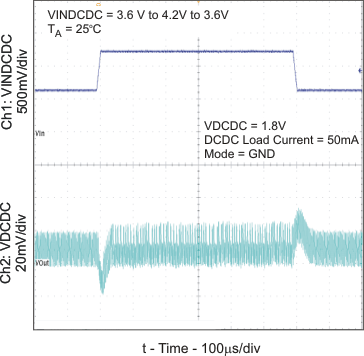 Figure 24. Line Transient Response (DC-DC PFM Mode)
Figure 24. Line Transient Response (DC-DC PFM Mode)
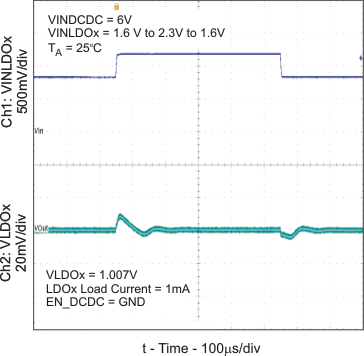 Figure 26. Line Transient Response (LDOx)
Figure 26. Line Transient Response (LDOx)
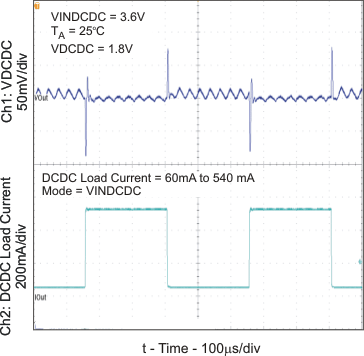 Figure 28. Load Transient Response (DC-DC PWM Mode)
Figure 28. Load Transient Response (DC-DC PWM Mode)
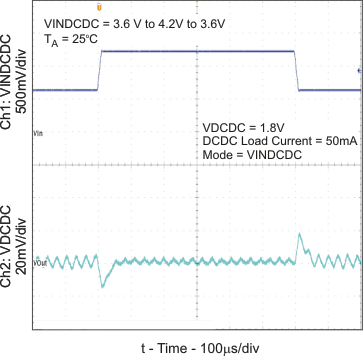 Figure 25. Line Transient Response (DC-DC PWM Mode)
Figure 25. Line Transient Response (DC-DC PWM Mode)
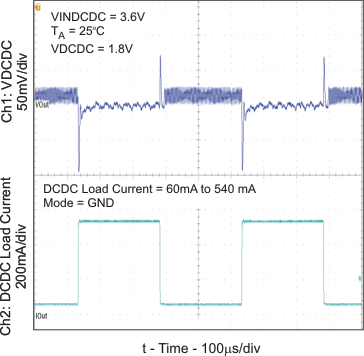 Figure 27. Load Transient Response (DC-DC PFM Mode)
Figure 27. Load Transient Response (DC-DC PFM Mode)
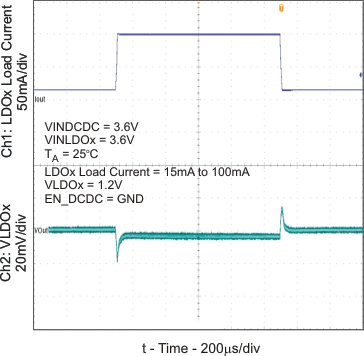 Figure 29. Load Transient Response (LDOx)
Figure 29. Load Transient Response (LDOx)